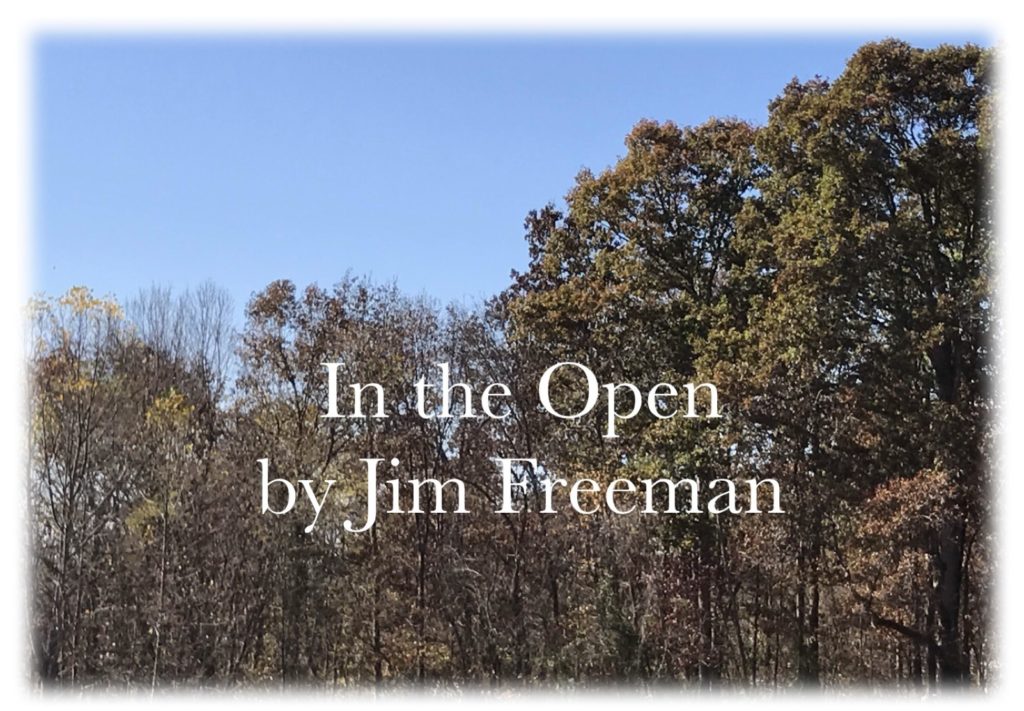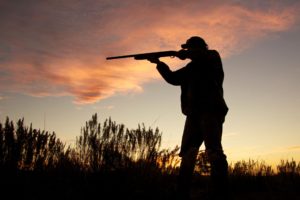Muzzleloaders have changed with the times


Ohio muzzleloader season started Saturday and continues through a half-hour after sunset on Tuesday, and hopefully the weather is more conducive to hunters and hunting than it was during the deer gun season.
Muzzle-loading rifles are definitely a throwback to an earlier time, and it got me to thinking about how much things have changed. It’s hard to believe that we’re almost two decades into the new millennium, but here we are.
Not to date myself, but I can remember when the prospect of “partying like it’s 1999” was still 18 years into the future. I guess that makes me a bit of a throwback to an earlier time as well.
But just like Prince’s song, 1999, a lot has changed since then and muzzleloaders are no exception. In the early 1980s a muzzle-loading rifle was invariably a side-lock rifle, built by Thompson Center or CVA, using actual black powder, a number 11 percussion cap, a patched round ball or lead “Maxi Ball,” aimed with open sights. Picture in your mind a rifle that Daniel Boone or Davy Crockett would have carried, or one of the early mountain men, and you would not be far off from what was available then.
My first muzzleloader was a kit-built, .45-caliber, CVA Mountain Rifle. It is rather crude and doesn’t shoot anything accurately but a patched round ball, but it works, and I even managed to take a deer with it one time.
There were a few inline muzzleloaders back then (“inline” meaning that the percussion cap was located directly behind, or “in line” with the powder charge), notably the H&R Huntsman or CVA Blazer, but even those still used patched lead balls, percussion caps, and had open-sights just like all the other muzzle loading rifles of the time.
That all changed in 1985 when Tony Knight of Knight Rifles introduced his MK-85 inline muzzle-loading rifle. Unlike other muzzleloaders it more closely resembled a modern rifle and made for fast, reliable ignition. The hunter also had the option of putting a modern telescopic sight on the rifle.
Other advances in muzzle loading soon followed, included “saboted” projectiles (sub-caliber projectiles fitted to the bore with a plastic sabot) for better velocity and performance, black powder substitutes including powder in pre-measured stick or pellet form, and the use of 209 or shotgun primers for faster, more reliable ignition.
My current muzzleloader, which dates to the 1990s, features a synthetic stock and an inline ignition, telescopic sight, and has rifling appropriate for shooting saboted bullets. Until straight-walled cartridge rifles became legal for deer gun hunting, I would usually use it during the regular deer gun season in lieu of a shotgun. Today’s guns are even more advanced and easier to clean.
Today it is almost impossible to find a muzzle-loading rifle in a sporting goods store or big box store that doesn’t have a synthetic stock and an inline ignition that uses 209 shotgun primers. Performance-wise, today’s muzzle-loading rifles meet or exceed the range and accuracy of modern, rifled shotguns using saboted slugs, or straight-walled cartridge rifles. The certainly can pack a wallop.
About the only thing today’s muzzleloaders have in common with those from the 1980s, or 1780s for that matter, is that they are still loaded from the muzzle, one shot at a time, usually giving the sportsman a single opportunity to bag his or her buck. In that sense they are still reminiscent of a bygone era.
Hopefully you got a chance to take part in the annual muzzleloader season and introduced a youngster to the tradition as well.
Jim Freeman is the wildlife specialist for the Meigs Soil and Water Conservation District. He can be contacted weekdays at 740-992-4282 or at [email protected]








